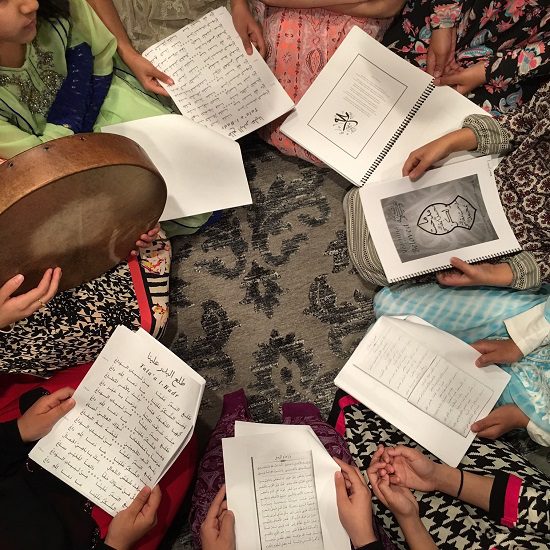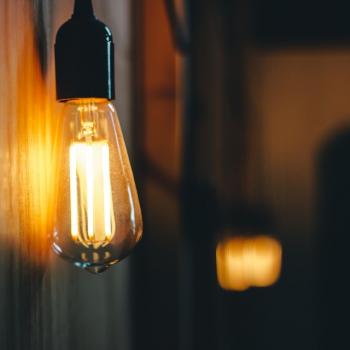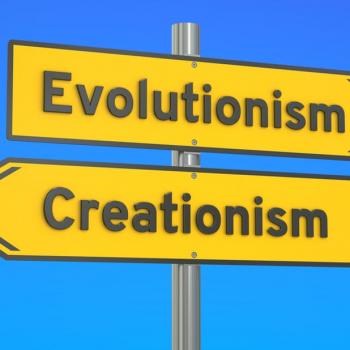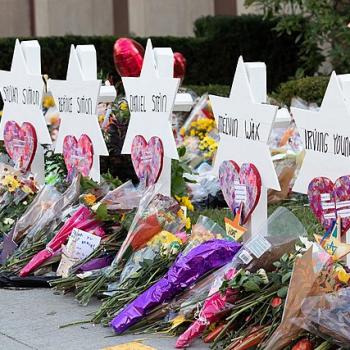 |
|
Things are looking up
|
“Step out of the shadows of your own world, and step forthrightly into a participatory America — an America you have helped build, strengthen, and prosper,” notes Keith Ellison, the first Muslim elected to the US Congress. “I want to see an America that embraces our faith as its own — if we step out of the shadows.” Muslims in the US live inside interlinking social and cultural circles, one inside the other, the biggest of which is the global Muslim community and the smallest can be the different religious sects and groups within the one Muslim community in a district in one of the American states.
Some research work has been comparing the attention that US Muslims should give to the global Muslim community — the biggest circle — versus the attention they should give to their internal concerns as American citizens. Yet, fewer researches compared how US Muslims prioritize between their internal needs as a Muslim community living in a non-majority-Muslim country and the need to communicate their beliefs and faith with the rest of the American community.
Notable academic scholars and US Muslim figures agree that US Muslims are facing challenges and problems, yet they prioritize and rank them differently. Some give more prominence to the internal challenges for Muslims in the US as a sub-community with a set of beliefs and traditions, while others place the challenges from the American society on US Muslims ahead of the internal problems.
No Captain
There is a debate about the precise number of Muslims in the US. According to one of the most reliable surveys, US Muslim count from 6 to 7 million (Bagby). The 2.2 percent of the American population is diverse; more or less, they reflect the diversity and colorfulness of the global Muslim community.
African Americans stand out composing 35 percent of Muslims in America, Asians are 18 percent, and Whites — including Arabs, Europeans, and Americans — mount up to 28 percent, as Gallup found in its 2009 report: Muslim Americans: A National Portrait. In addition, “recently, the sectarian affiliation became vivid more than it was before,” Dr. Maher Hathout, senior advisor and a founder of the Muslim Public Affairs Council (MPAC), told IslamOnline.net (IOL). Hathout places the internal challenges facing the US Muslims ahead of the external ones.
Ethnic divisions, sectarian affiliations, generational gaps, enlightened education, ineffective political institutions, and the absence of an enlightened Islamic leadership are the main challenges that Hathout identifies for the US Muslim community. Aware of the fact that 70 percent of the mosques in the US have imams with no leadership characteristics (Hashem, 113), Hathout picks “the absence of the enlightened Islamic reference” as the key challenge; “if solved, it will guarantee a more bright future.”
Education, Application, and Success
Taking the same perspective yet with different priorities, Dr. Salah E-Deen Soltan — the founder of several US Muslim organizations, including the American Center for Islamic Research and the Islamic American University — pushes education and political activism ahead. He notes that “Muslims in the US need much more internal treatment than external one,” they “must have the abilities to unite themselves behind one cause and word.”
Directing American Muslim youth toward the study of law and instilling leadership and presentation skills within them would avoid Muslims to “get into a competition and end up with a weak politician that would do more harm than good to Muslims,” Soltan argued. He mentions in his book Muslim Participation in the American Elections, that about 60 percent of Muslim Americans work in the fields of computer, engineering, medicine, administration, and economics.
“Mentality and culture of the immigrant Muslim community tend to put the study of medicine and engineering ahead of any other field,” Soltan told IOL. The debate is wide and open, and it depends partially on the orientation and relevant experience and closeness of the expert on US Muslims to the community.
While both Hathout and Soltan see the key for a better future for the US Muslims in having a unified Islamic reference and improving the education, the Georgetown Islamic Studies and International Affairs professor John Esposito has a different understanding of the US Muslim community.
Esposito thinks that beside the normal challenges of any community, US Muslims face more challenges with the American society especially after 9/11 (giving more weight to the external than internal challenges).
Muslim Identity vs. the Other
“For many Muslims, there is an additional challenge of those who question the loyalty of Muslims, who had not sharply distinguished between Islam and a minority of extremists in the world, they rather see Islam as the problem,” the director of Prince Alwaleed Bin Talal Center for Muslim-Christian Understanding (ACMCU) at Georgetown University, told IOL. “We do have here a very vocal minority of people who are anti-Muslim, just as you find it in Europe.”
Beside Esposito’s concerns about the attack on US Muslims and Islam, there is an imminent factor that is shaping the interaction of the US Muslims in the American society. Identity and one’s understanding of their relation with the country that they immigrated to and the “homeland” represent an initial challenge that has to be handled for interaction with society to work well and benefit both parties.
Prof. Mazen Hashem, California State University sociology lecturer, notes that success or failure to hold on to one’s cultural roots in a foreign society would result in four different shapes. Success of the immigrant with hospitality from the hosting society would lead to the state of harmony. Yet, when the hosting society rejects the immigrant who is holding to his or her cultural roots, that would be the state of crucial endurance.
On the other hand, failure to hold to the cultural roots with hospitality from the hosting society is acculturation; and rejection from the hosting society would lead to the state of compliance (Hashem, 199). Moving from the stages of acculturation and crucial endurance, “Muslims of North America made the transition in less than one generation. Major Muslim groups are now totally committed to address American reality. Such transition is admirable, although a lot is yet to be done and enormous challenges lie ahead,” the expert on US Muslims, Hashem told IOL.
Dr. Zahid Bukhari, director of the American Muslim Studies Program (AMSP) at the ACMCU, agrees with Hashem. “Before 9/11, the majority of the immigrant US Muslim community were living here [in the US] physically, but mentally and spiritually they used to live back home.” However, afterward, they realized that they are living in the US and that it is their country. “They are living here mentally, physically, and spiritually.”
Still, Bukhari sees that the main challenge for US Muslims is the “change in mindset,” on which the interaction with the American society will be based.
Several Roads, One Goal
Although the perspectives of experts might seem contradicting one another, they actually are presenting the different pieces of a puzzle that when combined makes a clear picture of where US Muslims were, are, and possibly will be. They started as migrants with the same aims of any other migrant community — good living. Trying to assimilate in the hosting culture, some lost their cultural background and identities, others did not. Afterward, a mainstream shift took place and the American Muslims came out to understand who they are as Muslims and how they are American. A certain balance in the identity took place, Hashem and Bukhari agreed.
More has to be done on this side, no doubt, especially when it comes to the nature of the Muslim identity. A unified Islamic reference, as Hathout pointed out, would help much in softening down the tension that accompanies the ethnic and sectarian differences among US Muslims. As the US Muslim community reached a relevant success in regards to identity, it did not make a corresponding outreach to the American culture and political organization. The result is that many non-Muslim Americans know little about Islam, and ignorance often partially accounts for hostility.
This brings the analysis of Soltan and Esposito to a common point: The former places political awareness and involvement ahead as a priority to push the Muslim interest into the political realm of the American society; the latter anticipates the result of the social interaction and involvement of Muslims.
“How cannot you be optimistic?” notes Hashem. “Muslims carry within themselves the genes of moderation and have the potential to offer America a unique blend out of its conservative and liberal elements.”
[mailto=a.rashdan@iolteam.com]Abdelrahman Rashdan[/url] is a staff writer for the Politics in Depth section of IslamOnline.net, where this article was originally published. A graduate of the American University in Cairo, he holds a BA in political science with a specialization in political economy and international relations.













